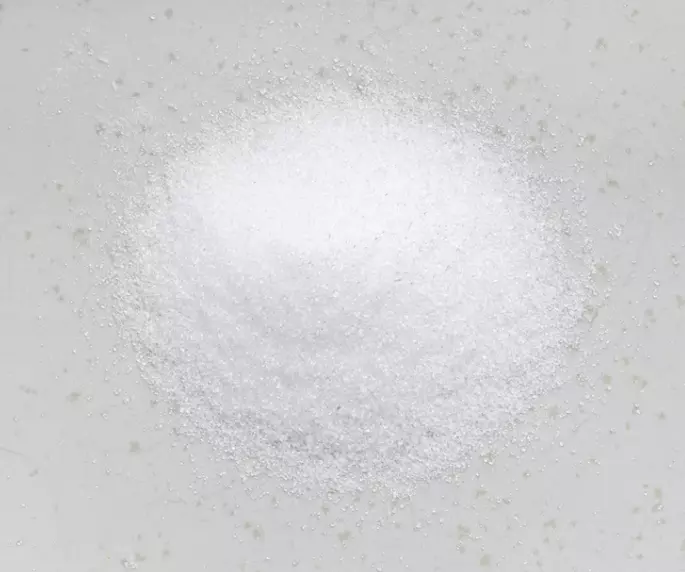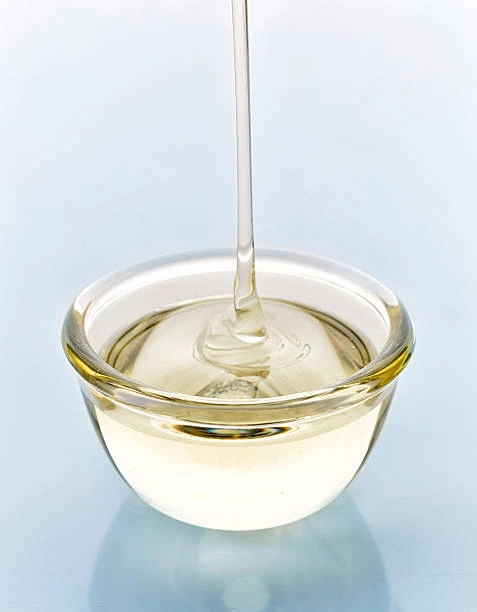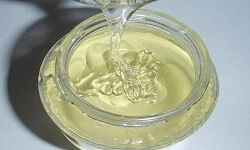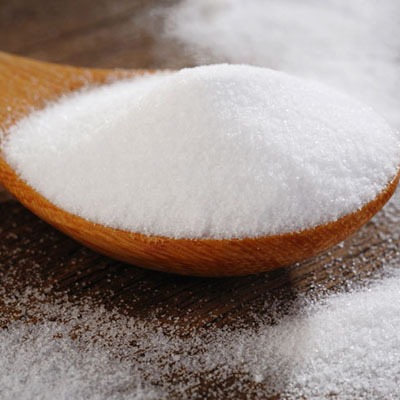Mannitol
|
IUPAC Name |
: (2R,3R,4R,5R)-Hexane-1,2,3,4,5,6-hexol |
|
Cas Number |
: 69-65-8 |
|
HS Code |
: 2905.43.00 |
|
Formula |
: C6H14O6 |
Basic Information
|
Appearance Name |
: White Crystalline Powder |
|
Common Names |
: Manna Sugar |
|
Packaging |
: 25 kg bags, 25 kg drums |





